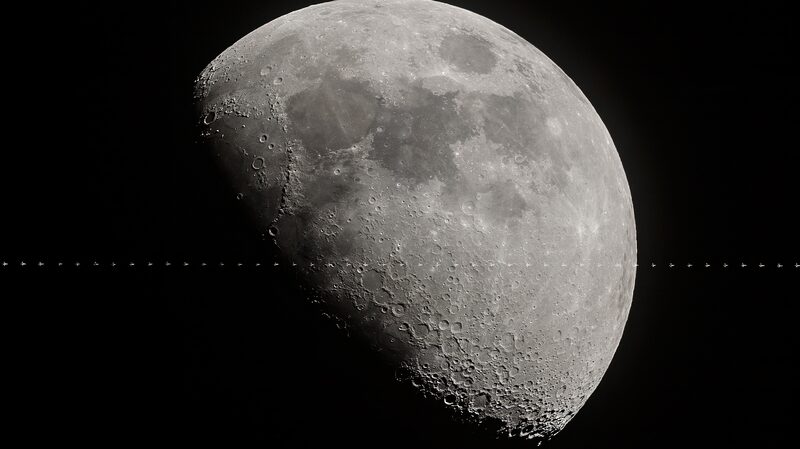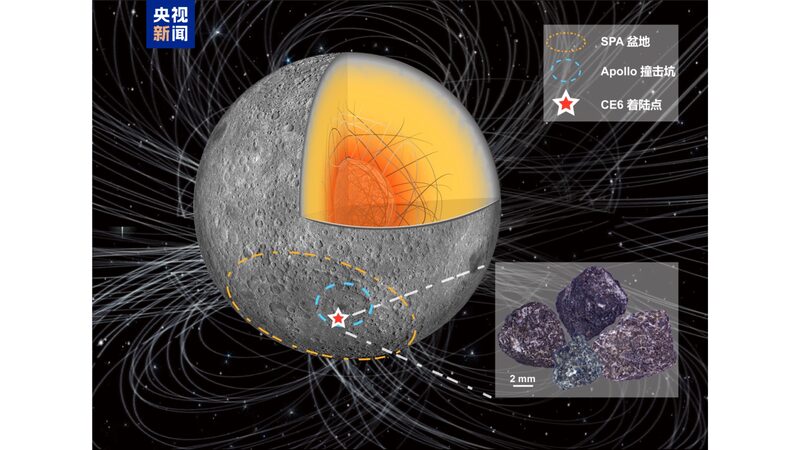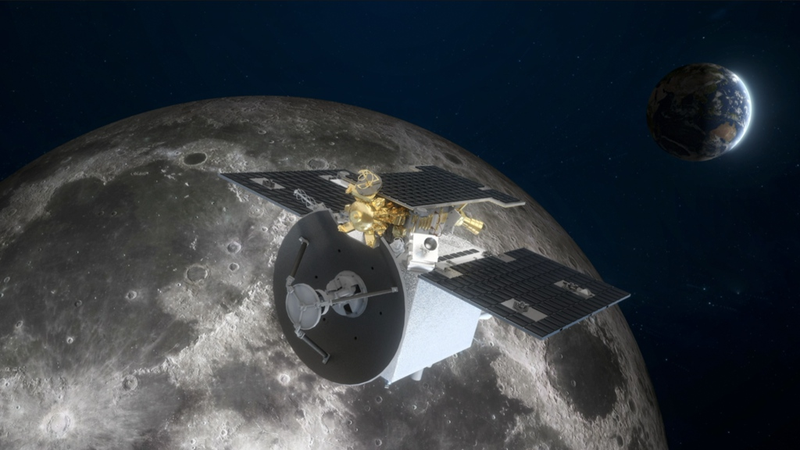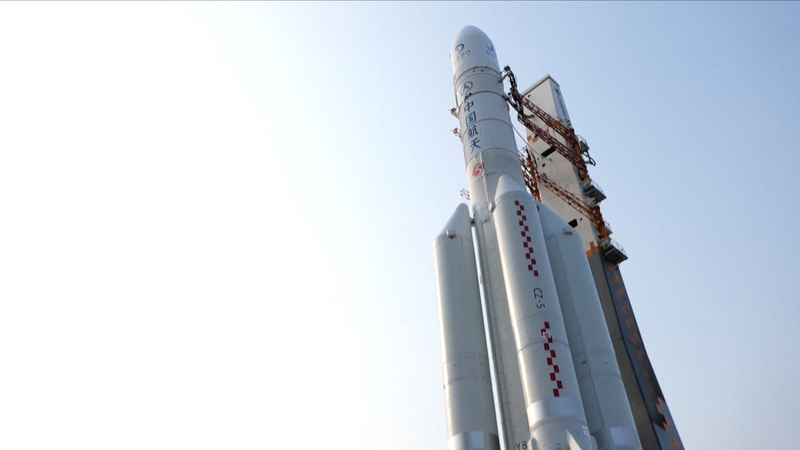China’s Queqiao-2 lunar relay satellite has successfully entered the moon’s orbit after a critical maneuver on Monday, marking a giant leap for the country’s ambitious space program. The satellite executed a high-stakes perilune braking maneuver just 440 km above the lunar surface, slowing its speed enough to be captured by the moon’s gravity. 🚀
Launched on March 20 via a Long March-8 Y3 rocket, Queqiao-2 will serve as a cosmic communications hub for upcoming lunar missions like Chang’e-6, -7, and -8, ensuring seamless data relay between Earth and moon explorers. Think of it as the ultimate lunar Wi-Fi booster! 🌐
The Tiandu-1 and Tiandu-2 satellites, hitching a ride on the same rocket, also aced their lunar parking jobs. Together, these missions underscore China’s growing role in advancing space tech and international lunar exploration.
Why it matters: Perilune braking is like hitting the brakes at 10,000 mph – one wrong move and the mission could vanish into space. This success paves the way for future moon landings, sample returns, and even a proposed lunar research base. 🛰️
Reference(s):
cgtn.com






